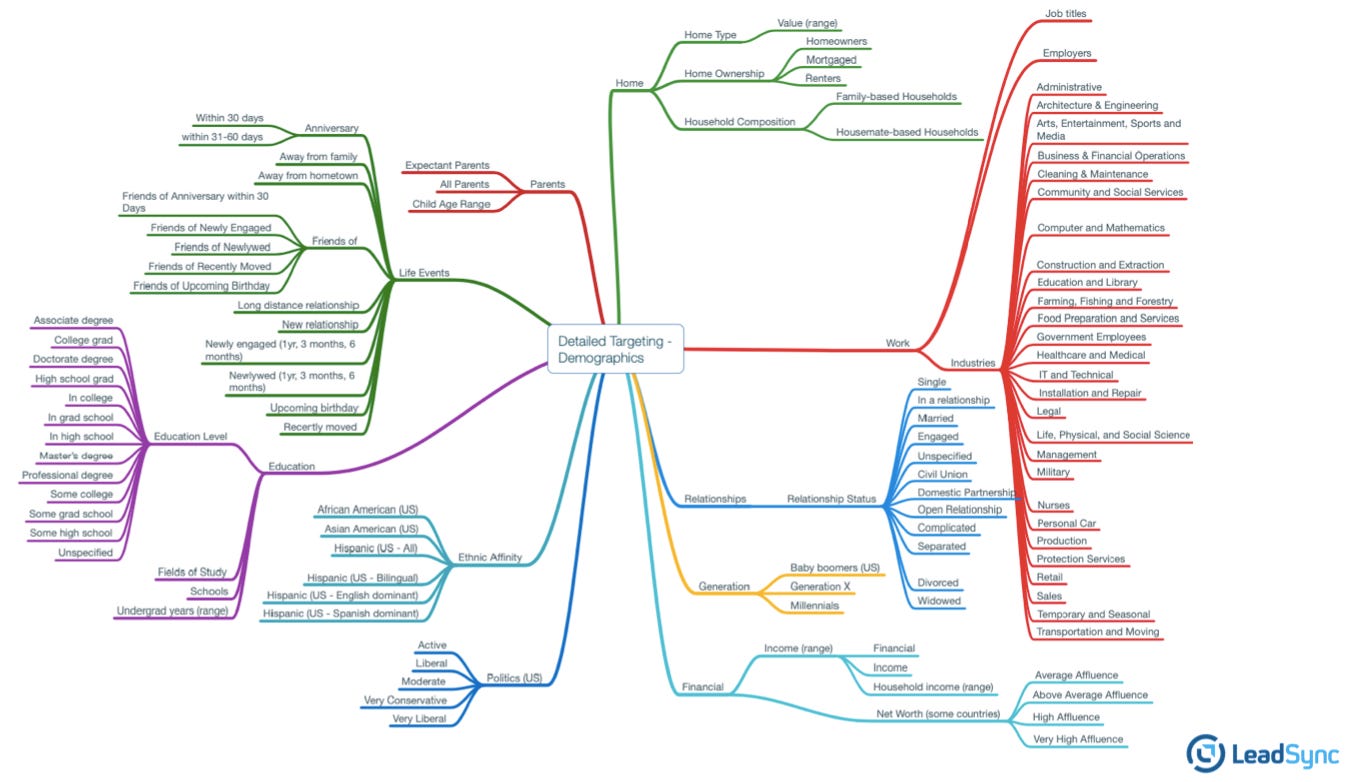_This is the second long-read in a series about the role of _‘AI’ in various creative fields from art, design and music to journalism and comedy, aimed at the general reader. How humans and machines can work together to make creativity easier or quicker. And how society and culture play in to all of that.
For those who don’t know me, I am a creative agency insider, having spent the past 15 years of my career in big creative agencies, Bartle Bogle Hegarty (BBH) and Iris.
TL;DR: there has been an explosion of channels, audiences and stages of the buying process that modern marketers need to address. This has lead to an exponential rise in the quantity of ad content required. AI-based tools are an answer. At the same time, their introduction will level the playing field, reducing the advantage that big agencies have over smaller ones. AI will give small agencies and clients themselves, superhuman capabilities.
THE PROLIFERATION PROBLEM
In
the Madmen episode, ‘For Those Who Think Young’ (S2, E1), Don Draper is finally forced to hire some younger creatives into his department. They come in the radical new form of a copywriter and art-director pair, an innovation at that time. In the episode, set in 1962, they symbolise a new generation coming up behind Don, something he’s uncomfortable with. “Young people don’t know anything,” he complains.

Don Draper, resisting change.
“Agencies haven’t innovated processes since they put art directors and copywriters together,” says Oliver Feldwick, Head of Innovation at The&Partnership agency network.
Oliver is descended from marketing nobility. His father headed up the planning department at legendary agency Boase Massimi Pollitt (BMP — later renamed DDB London). They were the agency responsible for seminal TV ads like the Smash martians and Cresta Bear. His mother was a qualitative researcher — using tools like focus groups.
“My early years were spent watching ad-reels instead of Postman Pat,” he says.
Rangy and bespectacled, he’s the kind of bright, sparky person you can always get an interesting or different viewpoint from.

Oliver Feldwick, Head of Innovation at The&Partnership agency network (mathematics not model’s own)
His final dissertation for the Excellence Diploma from the IPA (Institute Of Practitioners in Advertising) was titled ‘Unleashing Cyborg Creativity’. It painted a vision of a world where AI, machine learning and automation transform the creative process and “unlock a new higher order creativity”.
The 1990s ushered in a multi-channel environment, but it was still essentially the same world as Don Draper’s. Brand building was done via big, famous ads in a limited number of media. Budweiser’s Whassup, Tango’s Orangeman, Guinness Horses & Surfers, Levi’s Mr Oizo. Memorable still to those old enough to have seen them.
But fast-forward to 2020 and there is a bewildering bouquet of media available.
Creative people find themselves not just writing TV or cinema, print, poster or radio ads. They also have to think about content marketing, social, email marketing, digital display, video-on-demand, search-engine marketing, shopper marketing, etc, etc.
And there is more and more focus on the ‘funnel’ — the individual stages of the buying process from becoming aware of a brand, understanding its products, considering a purchase, buying it, and then buying it more and more frequently.
Social platforms in particular give the opportunity to reach and target audiences like never before, by demographic, by interest, location, profession, time of day, weather. The list is endless, and they all need different creative.
If you want to get a feel for it, Luke Moulton’s excellent Facebook Audience Targeting Guide shows the bewildering variety of choices available to marketers. And that’s just in Facebook’s ecosystem.

The bewildering range of targeting opportunities Facebook offer (this is just by demographics. They also offer it by behaviours and interests).
“This is stuff AI can solve,” says Feldwick. “It’s the way the industry responds to media innovations. Response or performance marketing adopts it first. And in the long term it trickles to big brand-building, bits of the industry that have a slower-moving impact. It’s like in the early days of print, they thought it was all about couponing. Or how the early days of the internet was about clicks, where now we know that digital can build brands.”
And indeed, a whole new breed of marketers has grown up to take advantage of this ecosystem, and AI tools are its latest weapons.
THE ENTREPRENEUR
W
ill Hanschell, the CEO of Pencil says, “the demand for content is so massive, demand is increasing 100 times. It’s insatiable”.
Will has round black glasses, a thick stubble and is softly spoken with a distinctive Barbadian accent. He’s one of those people who talks in well-structured, full sentences — no pauses, ‘ers’ or ‘ums’.
Despite his relaxed demeanour, wearing a jumper and sitting on a sofa, he’s plotting a creative revolution from his base in Singapore.
Pencil AI is a “generative creative platform” that “works with algorithms to generate language and automate visuals that scale up the creativity of your advertising”. In other words, it can do the work of junior copywriters and art directors but cheaper and more efficiently.
#creative-process #creativity #advertising #machine-learning #ai #deep learning
